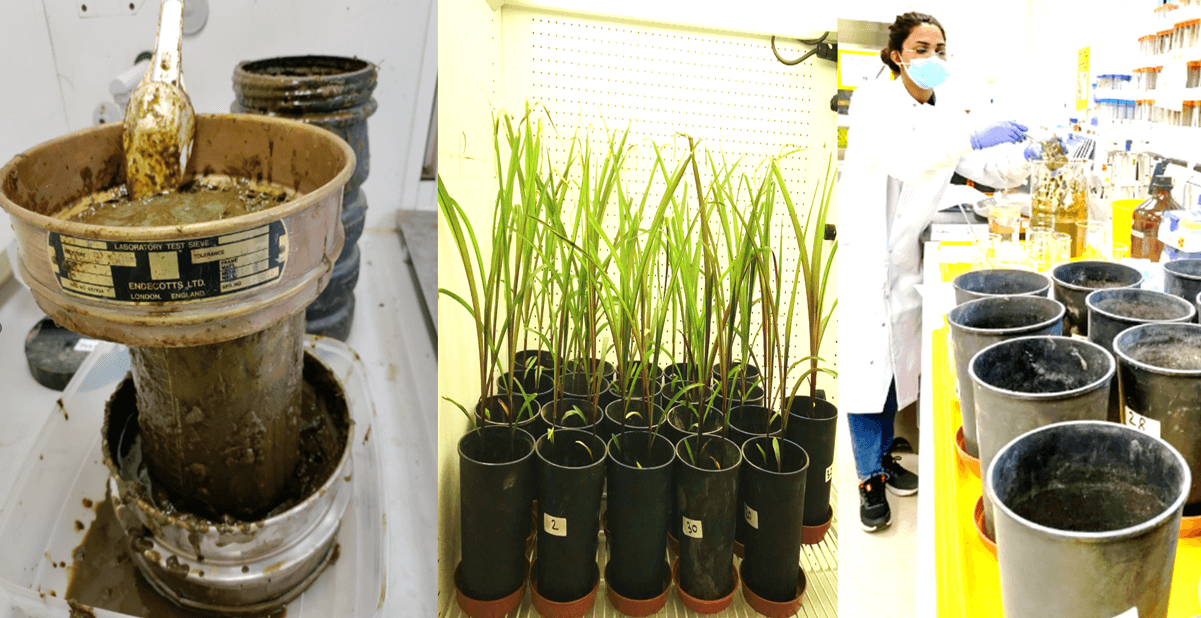Nutrient uptake in crops following the application of acidified slurry
By Yusra Zireeni
Acidification as a strategy for mitigating ammonia and greenhouse gas (GHG) emissions from animal manures was shown effective throughout the livestock manure management chain (i.e., animal diet and house, manure storage, and field application).
Specifically, slurry acidification by adding sulfuric acid (H2SO4) can reduce nitrogen and GHG emissions with the advantage of better pH control, compared with organic or biological methods. As well, H2SO4 is considered a relatively cost-efficient chemical if compared with other acids, especially that it adds sulfur (S) to the system, therefore H2SO4 might also be used as a S mineral fertilizer.
However, it is not very clear to us how the addition of H2SO4 to the soil-plant system, can affect the nutrient dynamics, soil health and crops nutrient uptake. Moreover, given additional factors e.g., soil types or crops, research is needed to enable estimating the effects of slurry, acidified slurry, and H2SO4 on the soil-plant system.
During my PhD, one of the pot experiments carried out at Bangor University, in the UK, focused on the effect of slurry acidification on S, N and P in maize plants. The experiment included cattle slurry acidification with H2SO4, where the slurry pH was reduced to different levels between the control (cattle slurry pH ~ 7.4) and 4.5. The slurry was applied between 2 weight equivalent soil layers in pots, and 2 maize plants were grown from seeds for 6 weeks. At harvest, the plants were dried and estimated for dry matter yield, and the content of 15N, 33P, and 35S. The soil in the pots was analyzed for the content of S, P and N, in soil extractions and soil microbial mass.

The results showed that the addition of slurry, where acidified or not, increased the crop yield. In contrast to the content of P, increased slurry acidification did not affect the uptake of P in maize plants or the extractable P in soil. This opposed to other studies showing that manure acidification can increase P solubility. We suggest that the crop, and soil type can affect the dynamics of P in the soil-plant system. Therefore, additional trials including different crop type (grass), and focusing the effect of protons and sulfate on P mobility, are currently running in additional pot experiments carried out in a green house and growth cabinet conditions.
